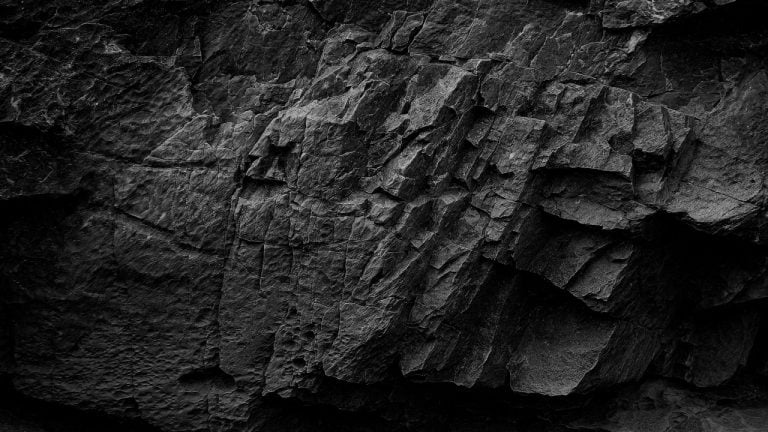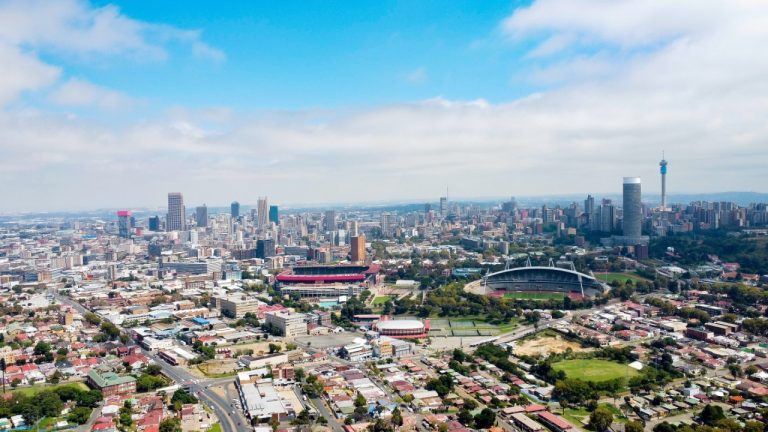ETHDenver 2025 Day 1 (Last Year) (Last Conference - Devcon)
My first in-person Ethereum conference was ETHDenver 2022 (though I would have gone to 2021 if it weren't virtual-only). I had plenty of exposure to the Ethereum ecosystem before that, but the conference was a real opportunity for me to learn about every obscure corner of the space. As such, I attended full day after full day of talks, taking lots of notes. And with that, I started my now-three-year-old tradition of adapting those notes into summaries to post on Reddit. While my knowledge of the space has grown and my activities at these conferences has shifted, I still like to make my daily summary posts.
This is the first conference I've been to since the r/ethfinance subreddit merge (where my posts used to go), so I'm going to try to adapt to the new home and see what works or doesn't. A few standard caveats with these: I will generally write about topics that are interesting to me, which will not be representative of everything going on here; and I will generally write about things that are new or otherwise thought provoking to me, so the content may be technical in areas I'm familiar with and introductory in those I'm not.
And so, ETHDenver 2025. I actually got started a little ahead of time, in that I found a mountaineering trip listed among the side events on luma scheduled for last Saturday (two days ago). A handful of ETHDenver attendees and I climbed Quandary Peak, a 14er a few hours from Denver. The snow, altitude, temperature, and wind made for a long day on the mountain, but I had a good time. The conference also technically started yesterday (Sunday) but there wasn't really anything more than an introduction for hackathon participants, so I didn't make it to the venue.
Today things really got started up. Each passing day will get more intense, but this first day is always pretty chill. Like last year, the first few days of the conference are contained to a smaller section of the venue. There's plenty of tables for hackathon participants to work, though as usual the wifi was hit or miss. There are currently two stages being used for talks, not fully 100% utilized, but enough to warrant the second. I think there were three last year, but two feels about right to start off the event. There's a little area with music and bean bags to chill out. One room that was open last year is closed off today, but there's still plenty of space.
I made time for a handful of talks I thought could be interesting:
- Sushaan Shetty of Humanity Protocol gave an overview of what they're doing. Not to be confused with Proof of Humanity, Humanity Protocol does nonetheless have some significant overlap. Humanity Protocol have developed their own hardware for doing palm print scans, which serve as the primary biometric data for identifying unique humans. Once you register into the system by providing your palm scan, you're able to provide other credentials and prompt the protocol (and its associated blockchain and zk provers) to selectively reveal parts of those credentials in a way that others can verify while keeping all other parts of the credentials secret--the classic example being proving that you're over 21 years old without having to show your entire driver's license. I find this area interesting, though I lose track of what all the different competing protocols are and how they compare to each other. Because much of this pitch, aside from the custom palm-scanning hardware, I've heard a number of times already.
- Titus Capilnean of Civic Technologies covered another side of decentralized identity: the UX of authenticating a user and giving them access to web3 tools. The talk was mostly about onboarding and user experiences. Civic Auth handles the sign-in experience, with the classic Metamask login but with support for other popular designs like email login, passkeys, wallets embedded in the apps, built-in multichain support, etc. Civic Pass is their other product which reminded me immediately of Gitcoin Passport, but comes with their own proof of personhood system with biometrics (video selfies) and government-issued IDs used to check for uniqueness.
- Ben Ward of RockSolid Network thinks DeFi is taking on too much risk. He's concerned that we're building the same sorts of systems we see in TradFi that led to incidents like the 2008 financial crisis. He sees restaking as the same as risk rehypothecation, looping as a way to disguise high amounts of leverage, and "fully backed and decentralized" being promises that are rarely upheld. He wants everyone to be more cautious and always ask, "where does the yield come from?" Provided an example risk of a large-scale AVS slashing, where if collateral is insufficient there's the risk that damage spreads all over DeFi, though is excited for forced withdrawals in Pectra to mitigate this. RockSolid seems to be a LST launching in Q2, which claims to be the "highest yielding LST" without any restaking or other hidden risks, and suggests they're looking for node operators.
- Steven Pu of Taraxa presented a model for thinking about the relative performance of L1 chains. They did a study of various chains with the general principles of only testing mainnet performance (because every chain exaggerates their theoretical performance by 2-100x over what we see in reality), and normalizing by node hardware requirements or operating costs. Their metric is real observed max TPS divided by monthly cost to rent a Google Cloud box capable of meeting their minimum specs. Of course, Taraxa is itself a L1 which does very very well on the metric they designed. It's a "blockDAG" structure with PoS, VDF leader selection, EVM execution, sub-second dynamic block times, 5k TPS, blah blah blah. I don't know enough to explain the tradeoffs involved, but I can certainly guess at a few.
Potentially the more interesting event of the day was the Holesky Pectra hard fork, which occurred mid-afternoon Denver time. Being somewhat responsible for the Aestus relay, I had some last minute prep to do between talks. And then when the fork turned out to be a little more exciting than expected, I spent some time trying to debug, fix things, and follow the excitement on the Eth R&D discord.
I saw discussion about this in the daily, but here's my current understanding. Sounds like geth, besu, and nethermind were missing the Holesky deposit address in their chain configs, while reth and erigon included it. Once a block came through with some deposits, bam, there's our fork. Lots of interesting discussion about how specific clients are behaving in response to the issue, may lead a lot of second-order bug fixes, and from that perspective this is a great chance to test some rare edge cases. We've potentially got five different forks and they may be getting stuck on each other's blocks rather than cleanly separating. At this point it seems there may be a number of different options for what to do with Holesky but they might all be a lot of work.
Tomorrow I have some options. There are talks at the main event all day, a morning group hike in Red Rocks, and an ETHGas side event I should probably go to so I can stay in touch with the preconfs crowd.
Relevant Links
[link] [comments]

You can get bonuses upto $100 FREE BONUS when you:
💰 Install these recommended apps:
💲 SocialGood - 100% Crypto Back on Everyday Shopping
💲 xPortal - The DeFi For The Next Billion
💲 CryptoTab Browser - Lightweight, fast, and ready to mine!
💰 Register on these recommended exchanges:
🟡 Binance🟡 Bitfinex🟡 Bitmart🟡 Bittrex🟡 Bitget
🟡 CoinEx🟡 Crypto.com🟡 Gate.io🟡 Huobi🟡 Kucoin.



















Comments